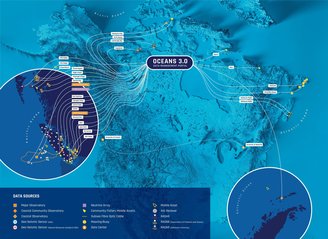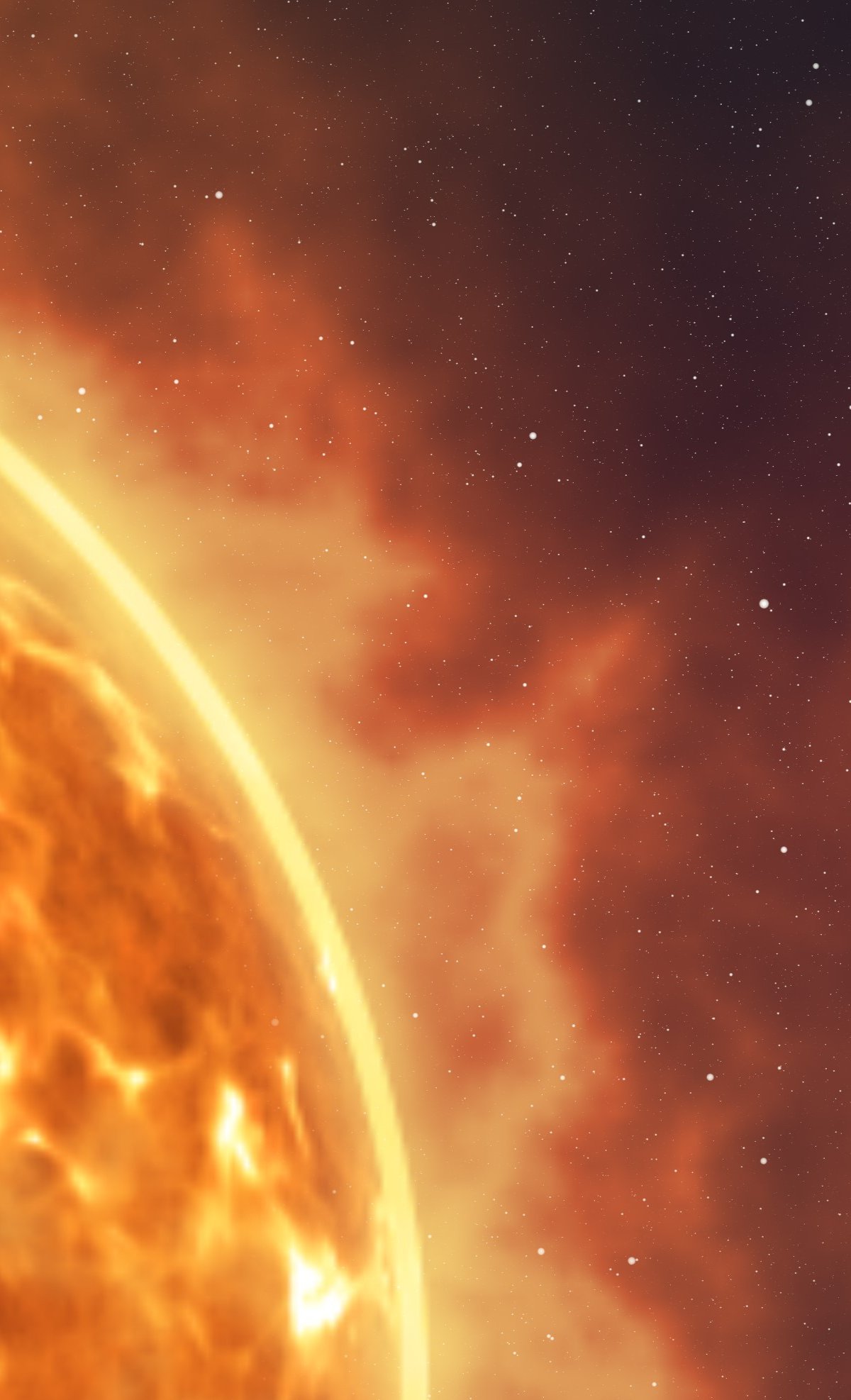Observers at the Ocean Networks Canada (ONC) ocean research and observation facility run by the University of Victoria (UVic) in Canada made a surprising discovery: A recent solar storm affected the Earth’s magnetic field in a way that disrupted magnetic compasses placed deep in the ocean..
These networks of underwater observatories, established by ONC on the east and west coasts of Canada, can reach depths of up to 2.7 kilometers.. They were built to guide instruments called Acoustic Doppler Current Profilers, which collect data on the speed and direction of ocean currents.
The fact that these data records from miles below the surface can record the size of the solar flare suggests that “the data may be useful in better understanding the geographic scope and intensity of these storms,” according to ONC President and CEO Kate Moran. states in a press release.
How were solar storms under the sea detected?
On May 14, while Canadians were enjoying the light and color show of the Northern Lights, even in unlikely cities like Toronto, Calgary and Vancouver, ONC researchers noticed frightening anomalies on their devices. It was an indication of a major earthquake..
In the ONC statement, scientific data expert Alex Slonimer, who checked whether the data were actually earthquakes, said that this did not make sense because the changes in the records were very long-lasting and occurred in different locations. “Since the sun has been active lately, I investigated whether this was a solar flare,” he said.
Soon the apparent “frenzy” of underwater compass needles was associated with magnetic disturbances caused by the Sun. In other words, the maximum deviations exactly matched the brightness and color intensity of the famous auroras.. This showed that in addition to providing a measure of storm intensity, these devices could also measure solar storm impacts.
How important is it to detect solar storms in the oceans?

The phenomenon observed by ONC experts in the operation of observatories has important consequences. Firstly, this equipment could provide accurate information about the intensity of the impact of solar atoms on the Earth’s surface, even if it could not evaluate possible effects on marine fauna.
However, there is another important application. According to UVic professor Justin Albert, this data could help scientists understand the issue. It’s more reliable how our planet will be affected when one of these storms approaches.. The ONC network “could provide a very useful additional window into the effects of solar activity on the planet’s terrestrial magnetism,” the physicist says.
This kind of assessment could be crucial, Albert says, especially given that the next two years will be the peak of the 11-year solar cycle. This means that after an apparent 10-year hiatus, events similar to the one recently measured by the ONC may become a new normal and “may become more frequent over the next two years, although the variability of the sun makes it impossible to accurately predict such events.” Albert.
Did you like the content? So, take advantage of a better understanding of how space weather can affect Earth and don’t forget to share the article on your social networks. To the next one!
Source: Tec Mundo
I’m Blaine Morgan, an experienced journalist and writer with over 8 years of experience in the tech industry. My expertise lies in writing about technology news and trends, covering everything from cutting-edge gadgets to emerging software developments. I’ve written for several leading publications including Gadget Onus where I am an author.













